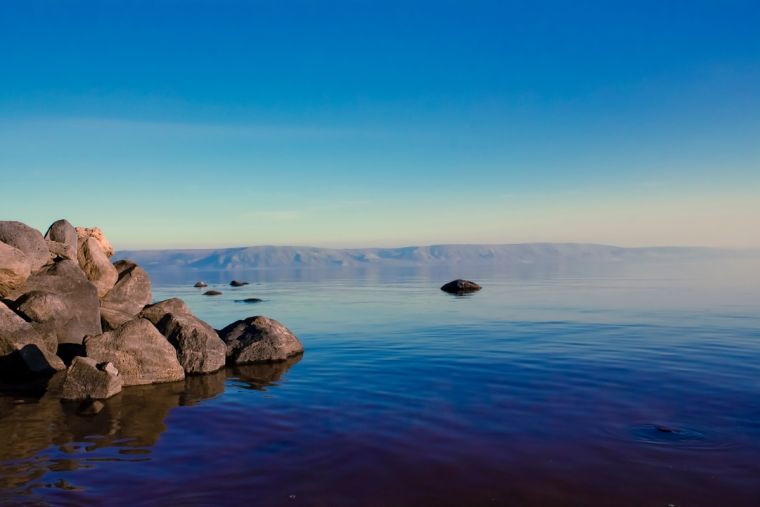Place where Jesus turned water into wine may have been somewhere else all along

For centuries, Christian pilgrims have venerated the site of Kafr Kanna as the place where Jesus turned water into wine. But some archaeologists are suggesting the site of Jesus' first miracle was actually elsewhere.
The Gospel of John records Jesus performing the miracle of turning water into wine at a wedding banquet at Cana that he attended with his mother and disciples.
Historical experts have debated the exact location, although tradition has held it to be the northern Israeli town of Kafr Kanna, where the 20th century 'Wedding Church' stands as a memorial to the Bible record.
Excavations around five miles north of Kafr Kanna, though, have yielded some tantalizing finds from early Christianity, including an altar and an intriguing network of tunnels that are marked with crosses and references to Kyrie Iesou, the Greek words for 'Lord Jesus,' the Daily Mail reports.
The discoveries have been made by archaeologists at the site of a former Jewish village called Khirbet Qana that was in existence between 323 BC and AD 324.
There, the archaeologists have also found a shelf and the remains of a stone vessel, although the shelf was large enough to accommodate several more.
One of the archaeologists working at the site, Dr Tom McCollough, finds it persuasive that the site could be the Cana that is recorded in the Bible.
He says the site matches up 'very closely' with historical descriptions of what pilgrims saw and did when they visited Cana, and that there is also a correlation with the descriptions of the site by first-century Jewish historian Flavius Josephus.
'This complex was used beginning in the late fifth or early sixth century and continued to be used by pilgrims into the 12th-century Crusader period,' said Dr McCollough.
'The pilgrim texts we have from this period that describe what pilgrims did and saw when they came to Cana of Galilee match very closely what we have exposed as the veneration complex.'
He added: 'The reference to Cana in Josephus, the New Testament and in the rabbinic texts would argue the village was a Jewish village, near the Sea of Galilee and in the region of lower Galilee. Khirbet Qana fulfills all of these criteria.'











